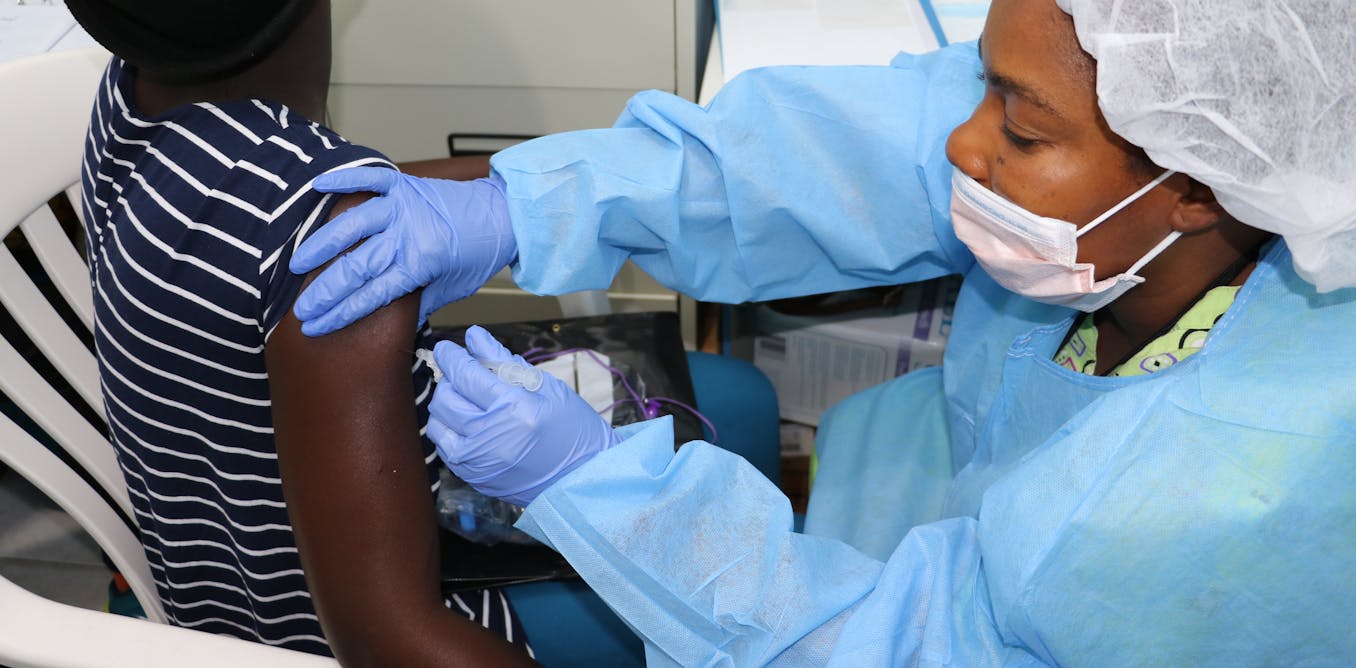Major Shift in US Vaccine Strategy: HHS to Scale Back mRNA Development

In a surprising announcement that has sent ripples through the scientific community, the U.S. Department of Health and Human Services (HHS) revealed on Tuesday its plans to significantly scale back its direct involvement in mRNA vaccine development. This shift, impacting activities within the Biomedical Advanced Research and Development Authority (BARDA), a key unit responsible for biodefense and emerging infectious disease preparedness, raises questions about the future of mRNA technology and its role in pandemic response.
Why the Change? According to HHS officials, the decision stems from a reassessment of the current landscape of mRNA vaccine development. Several established pharmaceutical companies, like Pfizer and Moderna, have already demonstrated significant capabilities in this area, and HHS believes that further direct investment in mRNA vaccine development by BARDA would be redundant and less efficient. The focus, they say, will now shift to supporting and coordinating the private sector's efforts, and to ensuring a robust supply chain and rapid distribution capabilities.
What's Happening with Existing Programs? The wind-down doesn't mean all mRNA-related research will cease. HHS clarified that ongoing projects and contracts related to mRNA vaccines will be honored, and they will continue to support research into mRNA technologies for other applications, such as cancer therapies and personalized medicine. However, new, large-scale investments solely focused on developing *new* mRNA vaccines against potential pandemic threats will be significantly reduced.
Implications for Pandemic Preparedness: This decision has sparked debate among public health experts. Some argue that relying solely on the private sector for pandemic vaccine development carries inherent risks, particularly if a novel threat emerges that doesn't offer immediate commercial viability. They contend that a government entity like BARDA should maintain a baseline capability to rapidly develop and manufacture mRNA vaccines in an emergency, independent of market forces. Others support the move, arguing that it’s a more fiscally responsible approach and allows for greater specialization within the industry.
A Focus on Coordination and Supply Chain: HHS plans to redirect resources towards strengthening the national biodefense infrastructure. This includes bolstering the Strategic National Stockpile, improving vaccine distribution networks, and enhancing surveillance systems to detect emerging threats early on. They will also focus on fostering collaboration between government agencies, academia, and the private sector to ensure a coordinated and responsive approach to future public health emergencies. The agency will also continue to fund research into the underlying science of mRNA technology, even if they are stepping back from direct vaccine development.
Looking Ahead: The HHS decision represents a significant shift in US vaccine strategy. While the move aims to streamline efforts and leverage the strengths of the private sector, it also raises important questions about the balance between government investment and private innovation in safeguarding public health. The coming months will be crucial in observing how this new approach unfolds and whether it effectively addresses the ongoing need for pandemic preparedness.






